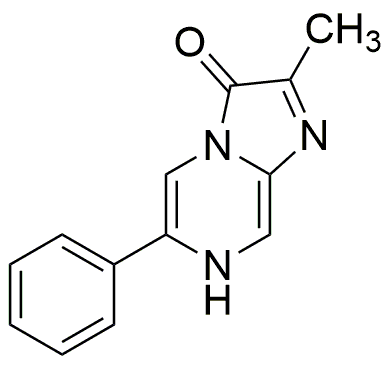CLA is widely utilized in research focused on:
- Food Industry: Used as a dietary supplement, CLA is known for its potential to aid in fat loss and improve body composition, making it popular among fitness enthusiasts and weight management programs.
- Pharmaceuticals: It has applications in developing anti-cancer therapies, as studies suggest it may inhibit tumor growth and enhance the effectiveness of certain chemotherapeutic agents.
- Cosmetics: CLA is incorporated into skincare products for its antioxidant properties, helping to protect skin from oxidative stress and improve overall skin health.
- Animal Nutrition: In livestock feed, it is used to enhance growth performance and improve meat quality, appealing to farmers and producers aiming for better yields.
- Research Studies: It serves as a model compound in various biochemical studies, aiding researchers in understanding metabolic processes and the effects of fatty acids on health.
General Information
Properties
Safety and Regulations
Applications
CLA is widely utilized in research focused on:
- Food Industry: Used as a dietary supplement, CLA is known for its potential to aid in fat loss and improve body composition, making it popular among fitness enthusiasts and weight management programs.
- Pharmaceuticals: It has applications in developing anti-cancer therapies, as studies suggest it may inhibit tumor growth and enhance the effectiveness of certain chemotherapeutic agents.
- Cosmetics: CLA is incorporated into skincare products for its antioxidant properties, helping to protect skin from oxidative stress and improve overall skin health.
- Animal Nutrition: In livestock feed, it is used to enhance growth performance and improve meat quality, appealing to farmers and producers aiming for better yields.
- Research Studies: It serves as a model compound in various biochemical studies, aiding researchers in understanding metabolic processes and the effects of fatty acids on health.
Documents
Safety Data Sheets (SDS)
The SDS provides comprehensive safety information on handling, storage, and disposal of the product.
Product Specification (PS)
The PS provides a comprehensive breakdown of the product’s properties, including chemical composition, physical state, purity, and storage requirements. It also details acceptable quality ranges and the product's intended applications.
Certificates of Analysis (COA)
Search for Certificates of Analysis (COA) by entering the products Lot Number. Lot and Batch Numbers can be found on a product’s label following the words ‘Lot’ or ‘Batch’.
*Catalog Number
*Lot Number
Certificates Of Origin (COO)
This COO confirms the country where the product was manufactured, and also details the materials and components used in it and whether it is derived from natural, synthetic, or other specific sources. This certificate may be required for customs, trade, and regulatory compliance.
*Catalog Number
*Lot Number
Safety Data Sheets (SDS)
The SDS provides comprehensive safety information on handling, storage, and disposal of the product.
DownloadProduct Specification (PS)
The PS provides a comprehensive breakdown of the product’s properties, including chemical composition, physical state, purity, and storage requirements. It also details acceptable quality ranges and the product's intended applications.
DownloadCertificates of Analysis (COA)
Search for Certificates of Analysis (COA) by entering the products Lot Number. Lot and Batch Numbers can be found on a product’s label following the words ‘Lot’ or ‘Batch’.
*Catalog Number
*Lot Number
Certificates Of Origin (COO)
This COO confirms the country where the product was manufactured, and also details the materials and components used in it and whether it is derived from natural, synthetic, or other specific sources. This certificate may be required for customs, trade, and regulatory compliance.


